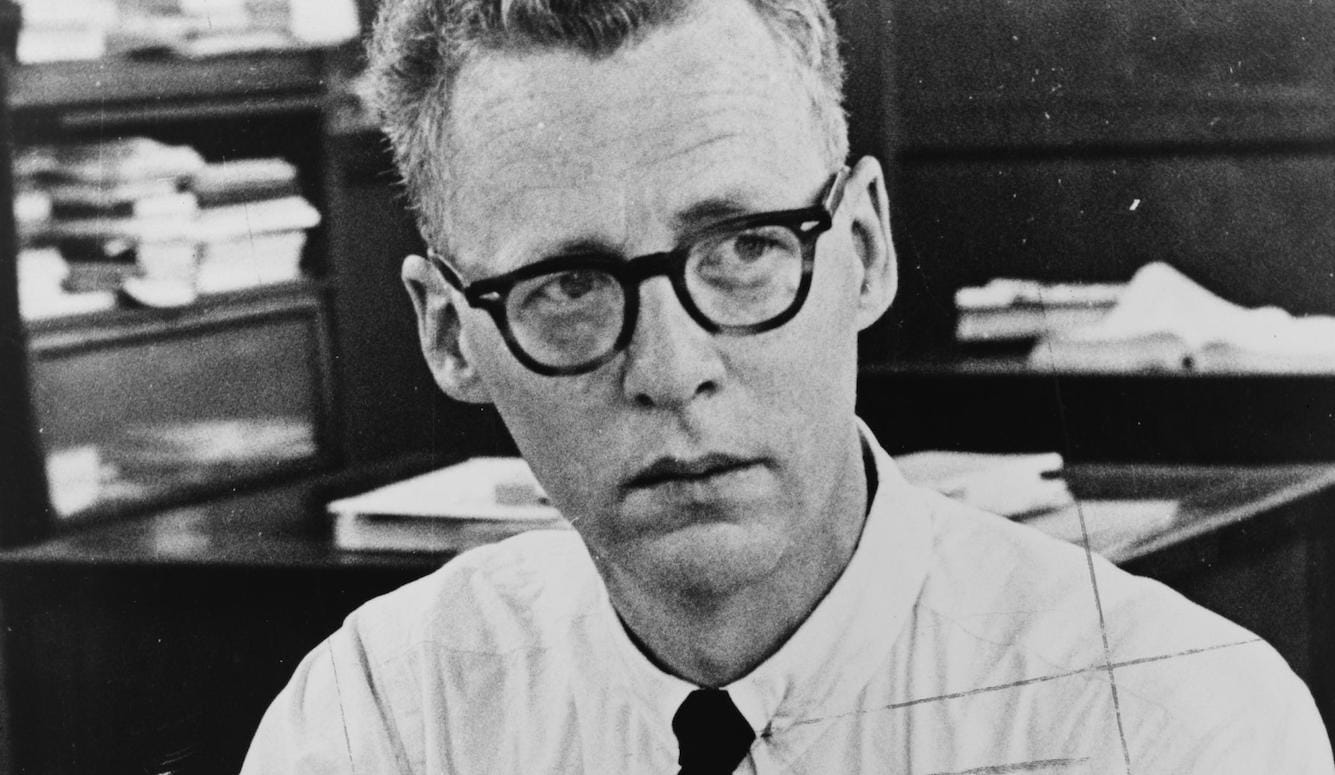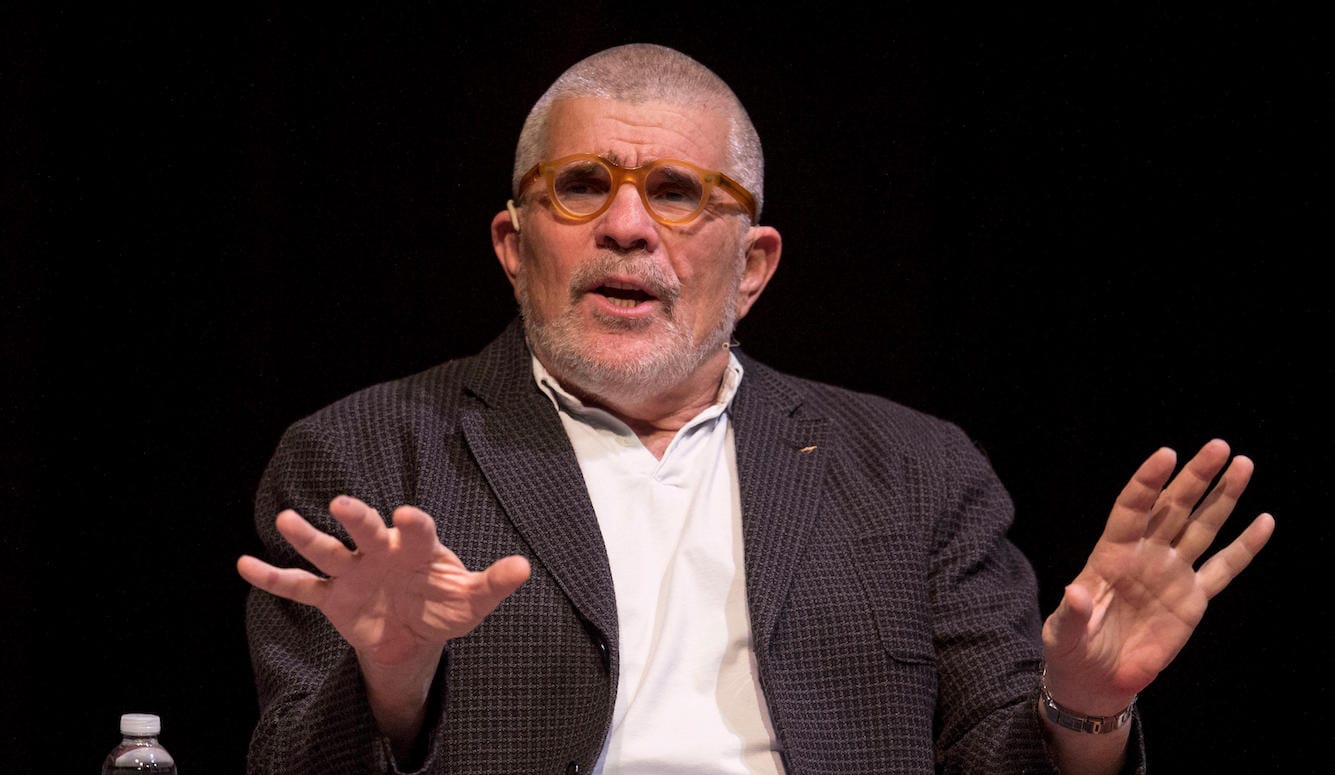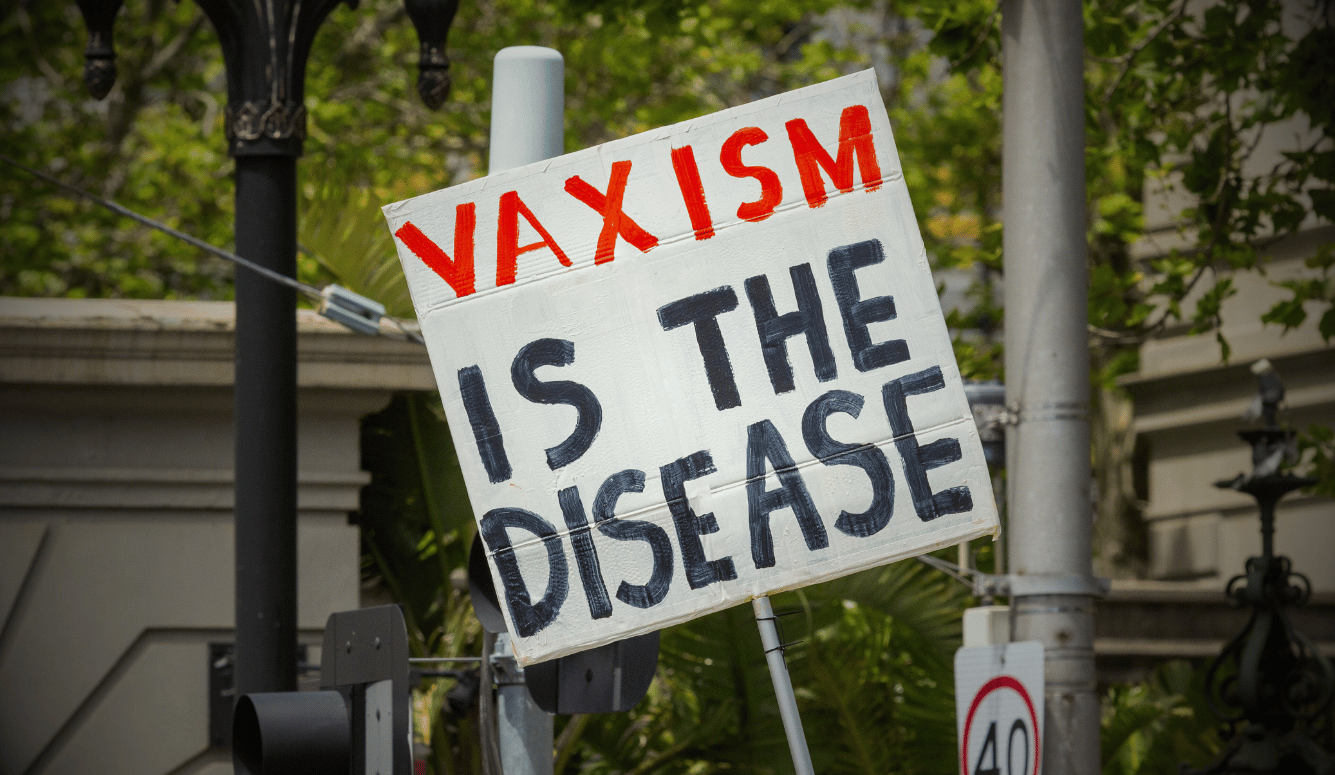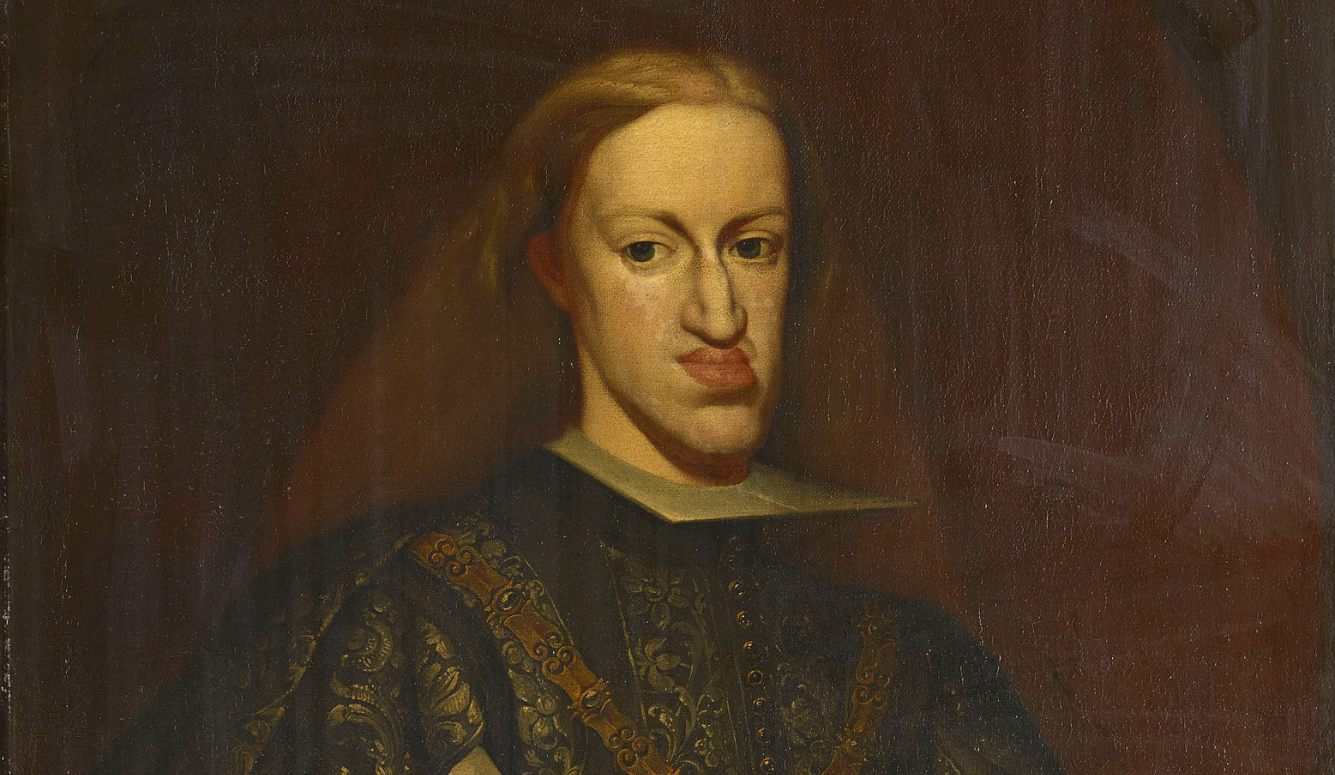Art and Culture
Heterodox Radical
A new collection of Murray Kempton’s articles reveals a thoughtful journalist whose politics were difficult to categorise.

A review of Going Around: Selected Journalism by Murray Kempton, edited by Andrew Holter; Seven Stories (April 2025).
During an interview towards the end of his life, journalist Murray Kempton was asked by C-Span’s Brian Lamb how he defined himself politically. Kempton burbled on a bit about “Tory anarchism” (to this day, I don’t know what that is) before finally settling on “radical.” Lamb didn’t press the point so it was left to posterity to decide, but a new collection of Kempton’s journalism from 1935 to 1997 confirms that his politics were difficult to categorise.
If “radical” is assumed to be a synonym for far-Left, then it isn’t really apt—Kempton was too broad-minded and unpredictable for that. He was a repository of second thoughts, and of following the evidence where it led, even if it ended up contradicting his previous position. He was a defender of underdogs (his favourite adage was “never kick a man except when he is up”), and fond of reminding his readers that there was always another side to every story, an uncomfortable fact that challenged even the most sympathetic of portraits. And all of this came from a person whose ancestor, Senator James Murray Mason, drafted the 1850 Fugitive Slave Act, which pledged federal assistance to forcibly return escaped slaves to their owners.
James Murray Kempton (1917–97) was born in Baltimore into what he liked to call “shabby gentility.” This meant that his family had servants but his mother worked and they had no car. Or as he put it:
The world of shabby gentility is like no other; its sacrifices have less logic, its standards are harsher, its relation to reality is dimmer than comfortable property or plain poverty can understand.
Kempton’s interest in journalism was sparked by living in the same town as America’s most famous journalist, H.L. Mencken. While working as a copy boy at the 1936 Democratic Convention in Philadelphia, he even managed to exchange a few words with his idol. Kempton would remember seeing Mencken in the pressbox in rhapsodic terms: “[He was] weaving gold from the straw of the podium discourse while journalists at leisure craned over his shoulder to watch his next marvel clatter forth.” Years later, Kempton would describe his coverage of political conventions in a manner that could have come from Mencken’s typewriter: “[A political convention] is not a place from which you can come away with any trace of faith in human nature.”





